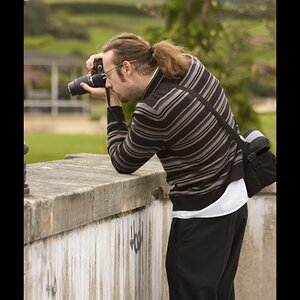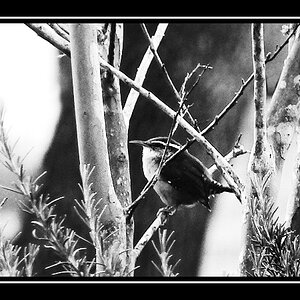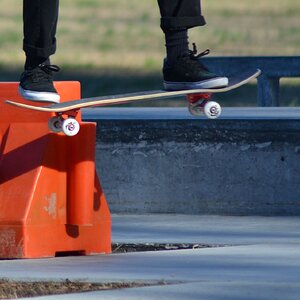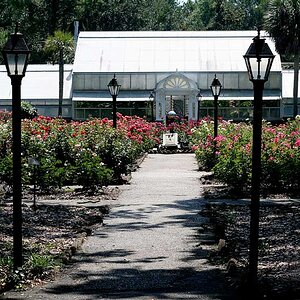rocky_peak
TPF Noob!
- Joined
- Feb 25, 2014
- Messages
- 4
- Reaction score
- 0
- Can others edit my Photos
- Photos OK to edit
Equipment:
Camera: Nikon D800
Copystand: undecided on
Bencher Copymate II
or Beseler CS-14 Copystand Kit
or Kaiser RS 1 / RS 2
Lighting: what's better?
a lighting kit made for the copy stand
or a flash setup (e.g. 2x AlienBees B400 in soft boxes)
Lens: ?
So far all I have bought is the camera and two primes (50mm 1.8G & 85mm 1.8G).
My objective is to digitize, in the best possible quality, hundreds of old photographs.
I had bought the 85mm 1.8G because it scored very high on DXOMark for sharpness as well as having almost no distortion & very little chromatic aberration. However it can't fill the frame with a 3x5" photo, the smallest area it can focus on is about 11.5" x 8".
What lens should I buy for this project? I would prefer not to spend a fortune, but quality is very important to me.
Would using an extension tube or bellows decrease image quality? Would using just the center of the lens cause a decrease in sharpness or introduce distortion / CA?
Is a macro lens my only option? What would give me the best results?
Camera: Nikon D800
Copystand: undecided on
Bencher Copymate II
or Beseler CS-14 Copystand Kit
or Kaiser RS 1 / RS 2
Lighting: what's better?
a lighting kit made for the copy stand
or a flash setup (e.g. 2x AlienBees B400 in soft boxes)
Lens: ?
So far all I have bought is the camera and two primes (50mm 1.8G & 85mm 1.8G).
My objective is to digitize, in the best possible quality, hundreds of old photographs.
I had bought the 85mm 1.8G because it scored very high on DXOMark for sharpness as well as having almost no distortion & very little chromatic aberration. However it can't fill the frame with a 3x5" photo, the smallest area it can focus on is about 11.5" x 8".
What lens should I buy for this project? I would prefer not to spend a fortune, but quality is very important to me.
Would using an extension tube or bellows decrease image quality? Would using just the center of the lens cause a decrease in sharpness or introduce distortion / CA?
Is a macro lens my only option? What would give me the best results?


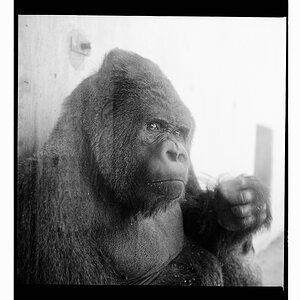
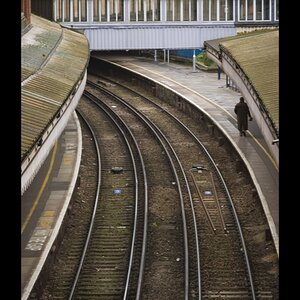
![[No title]](/data/xfmg/thumbnail/33/33490-cbbf9df0a1c31291ee7a3759afe943cc.jpg?1619736003)
